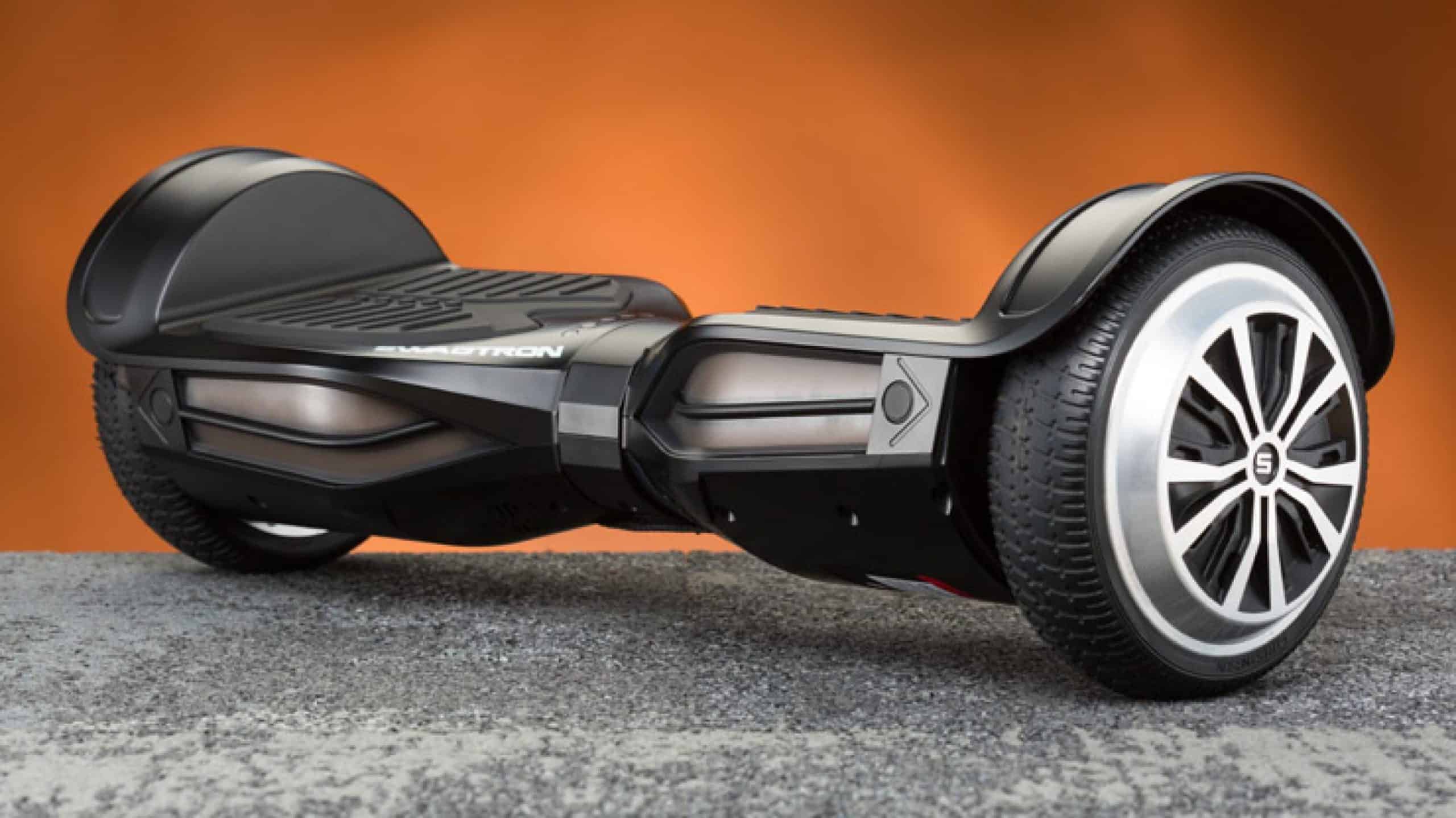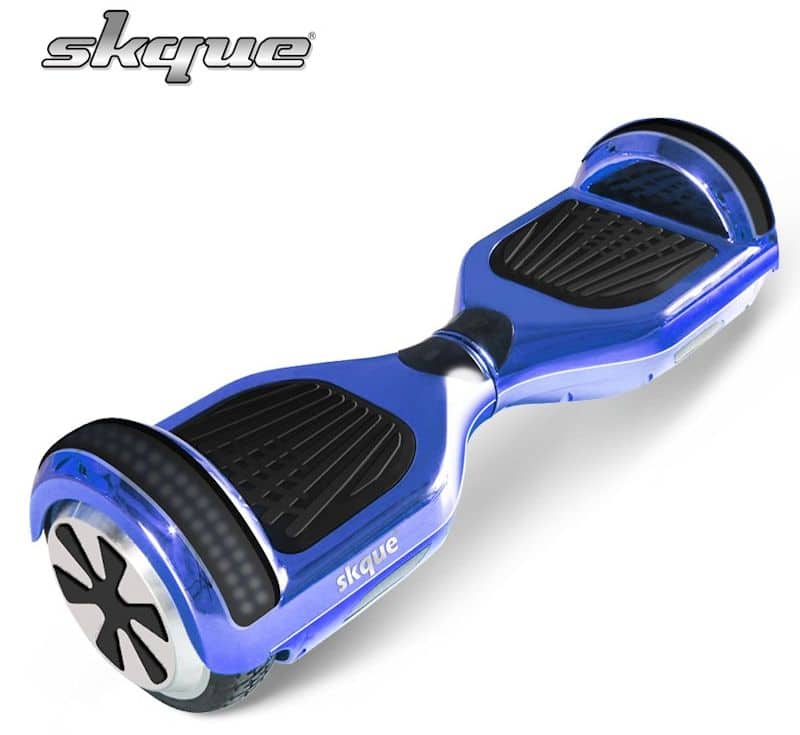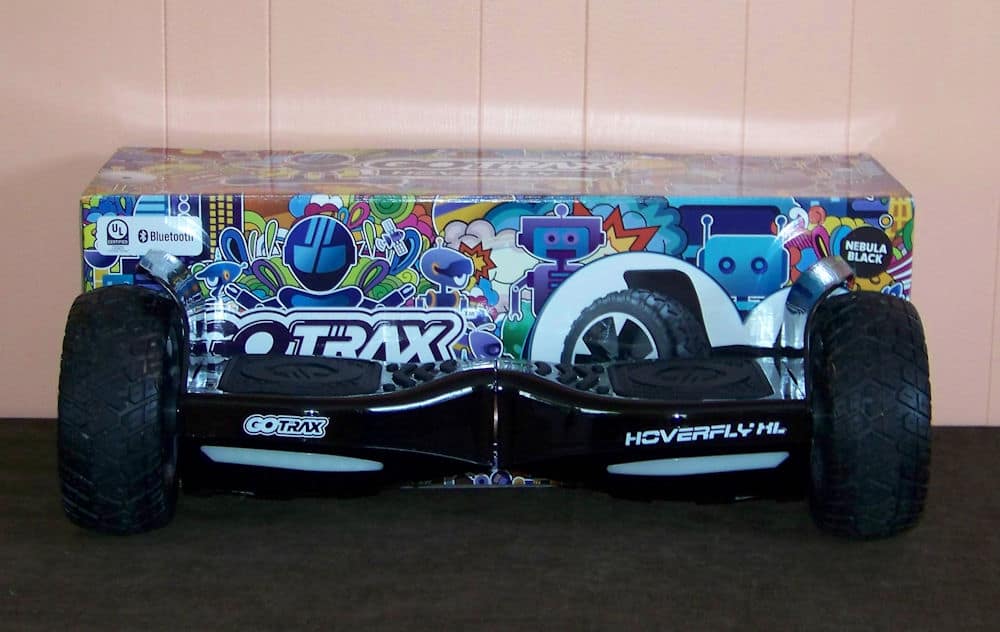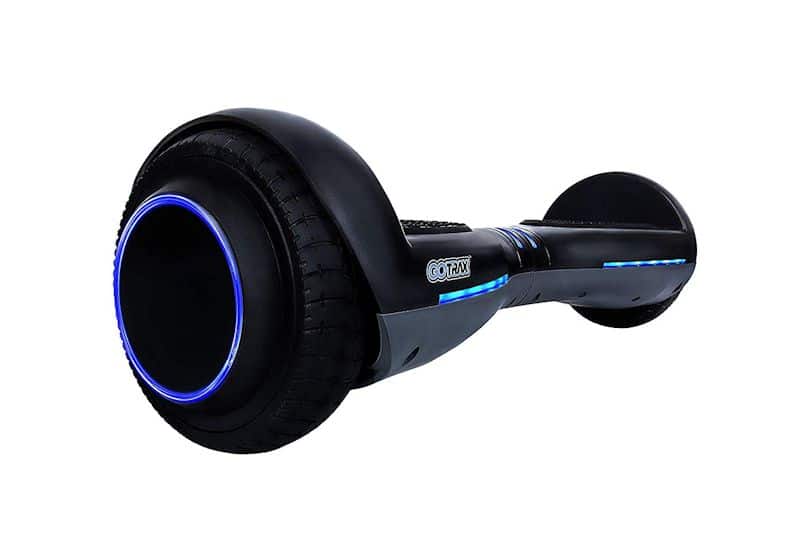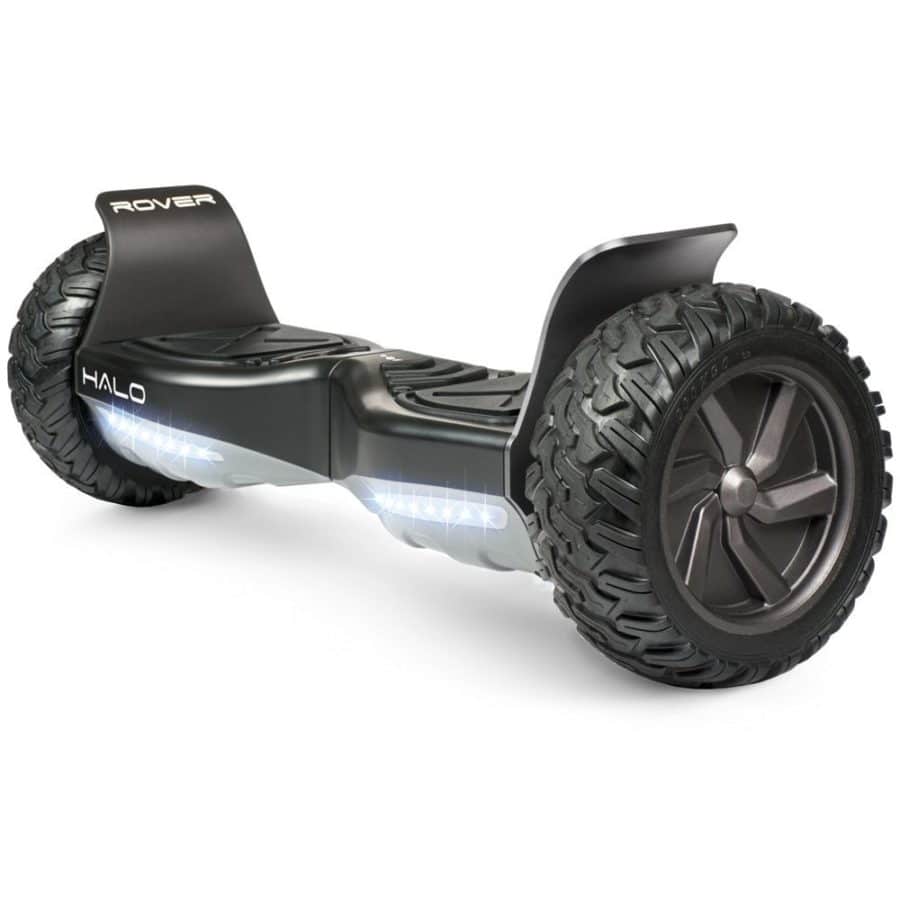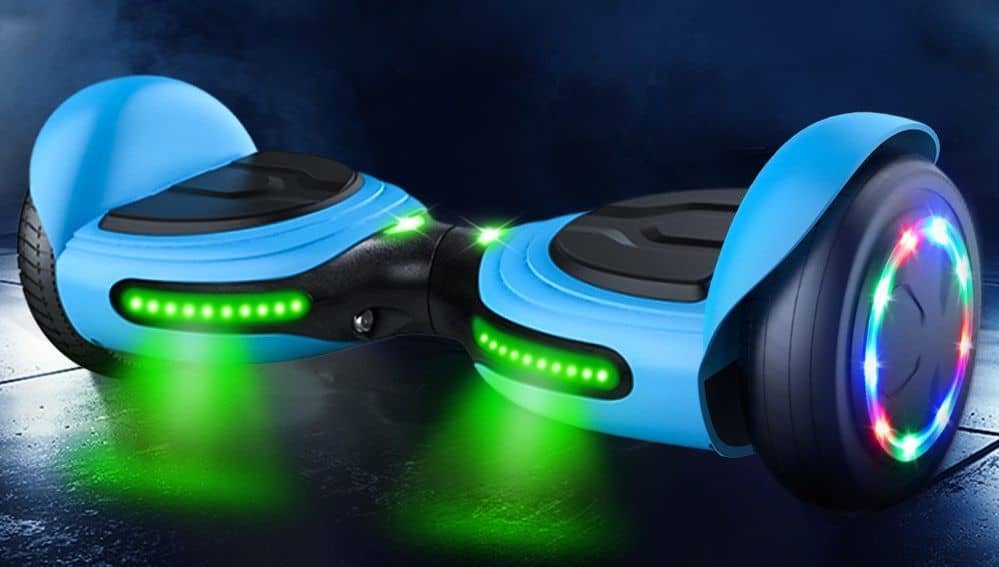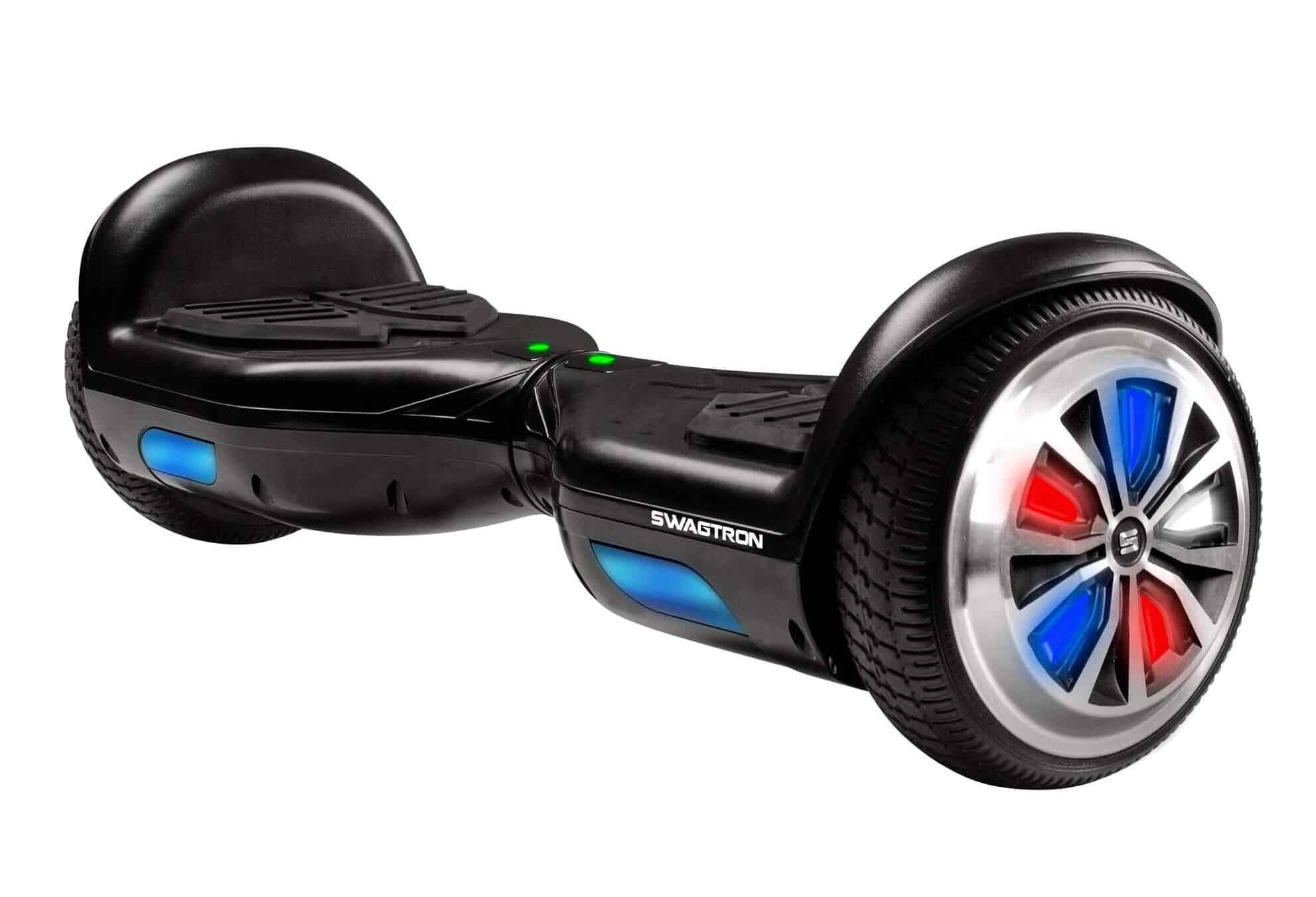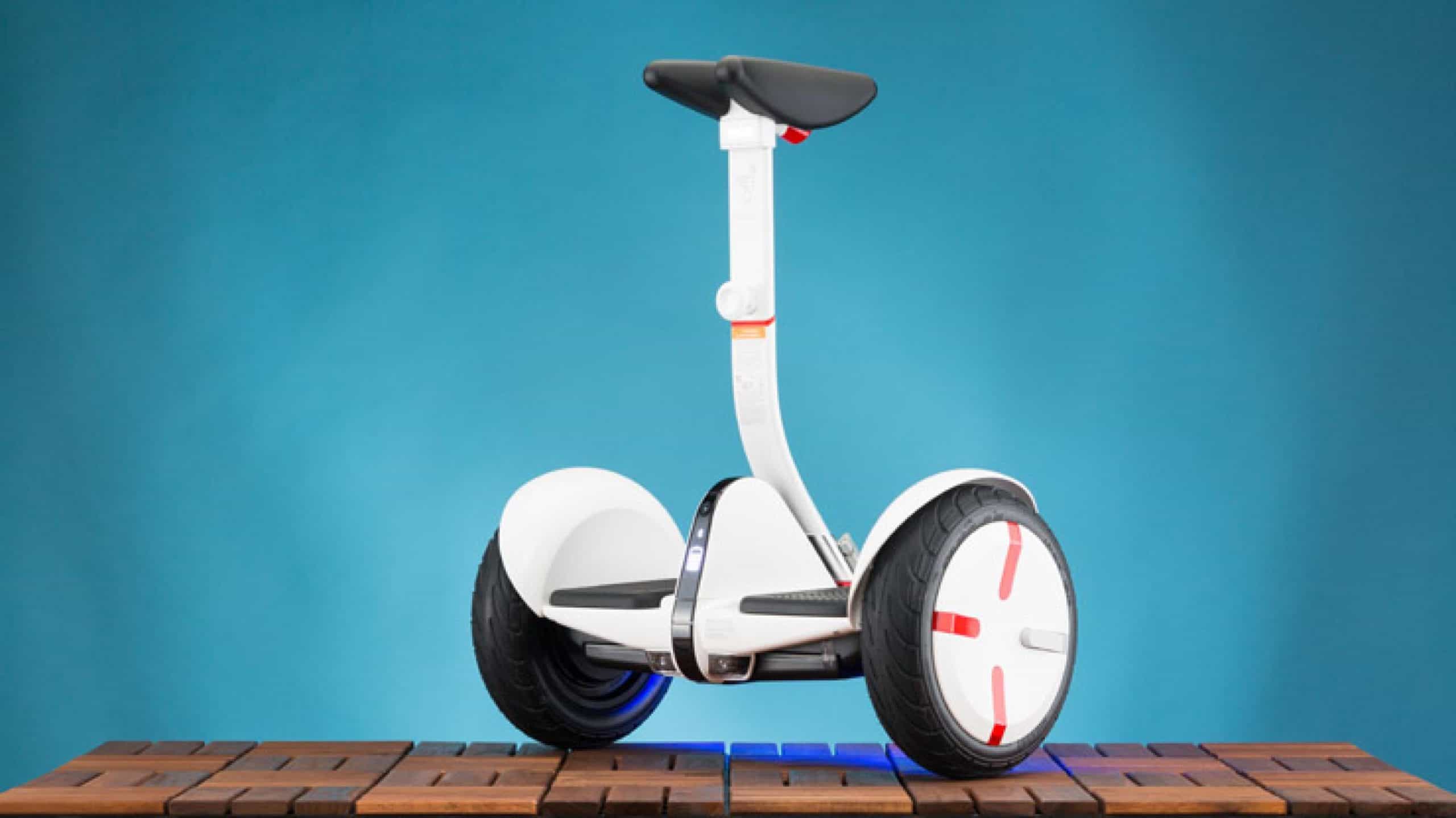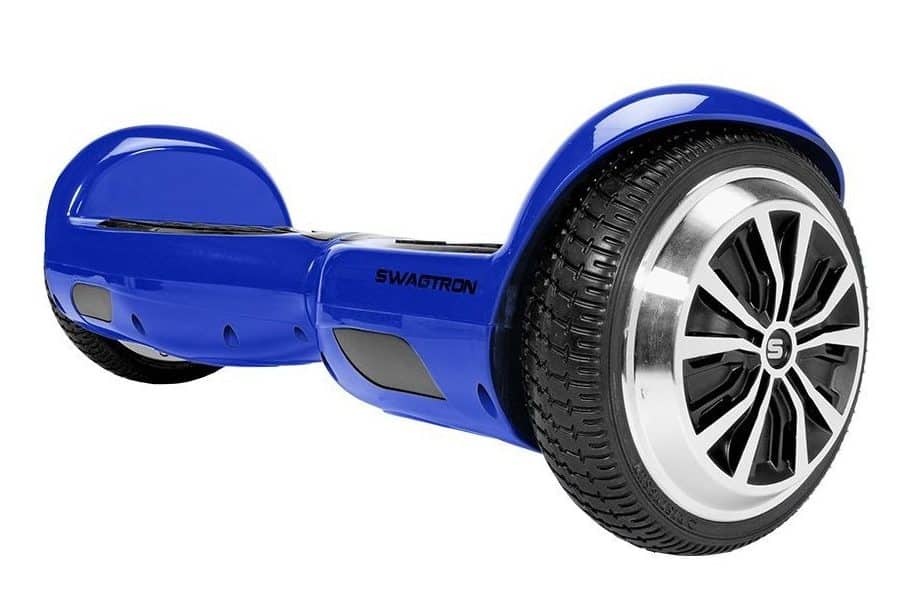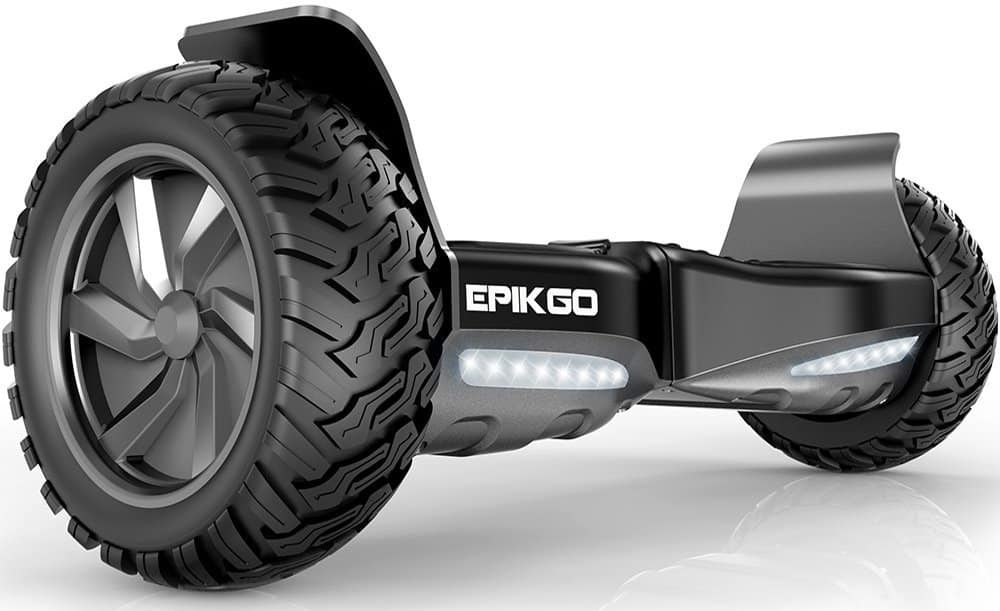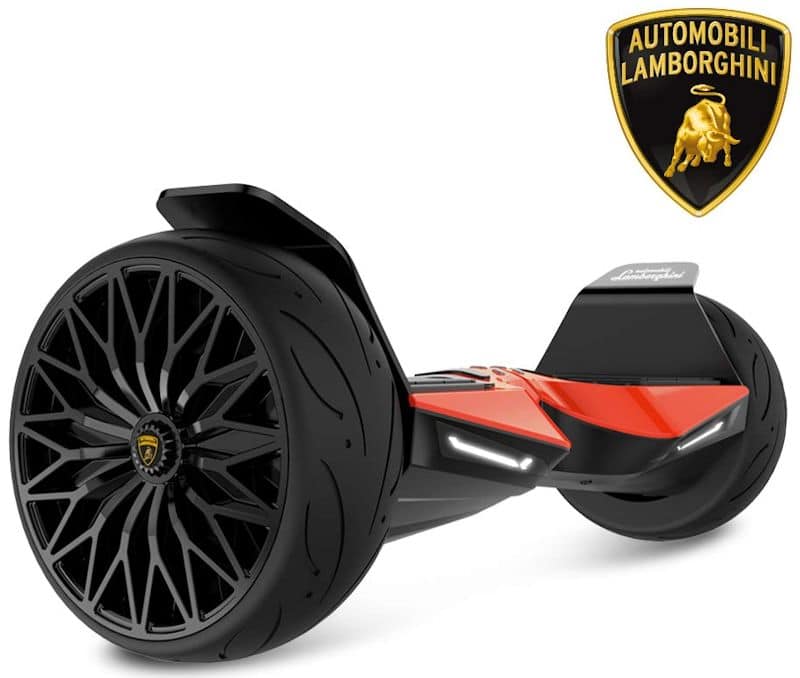Pounding pavement and running off curbs could cause heavy wear and tear on your hoverboard. Not a surprise with your hoverboard sitting so close to the ground, especially when riding on uneven surfaces. On occasion, its casing and top material could suffer from black tar, scuffs, paint transfer, and other superficial scratches. Some could be scratched off with a quick fingernail scrape and others require more leg work. Keep reading to learn more about how to cover hoverboard scratches and tips to repair scuffed up hoverboards.
Difficulty: Easy
Time Required: 30 minutes
Total Steps: 6
Tools Needed: Tarp, spray paint, microfiber cloth, and sandpaper
What Are Hoverboards?
Hoverboards are self-balancing scooters powered by rechargeable lithium-ion batteries. It uses two wheels and a platform the rider suspends him/herself on. Any leaning forward, backward, left, or right will trigger the hoverboard’s sensors and pressure pads to read direction and balance it accordingly, allowing users to glide across the floor like Michael Jackson’s moonwalk.
Generally, hoverboards are using a gyroscope for tilt management, a microprocessor (“engine”), battery, sensors, pressure pads, charging powers, and power switch. Some come with advanced features, including fog lights and built-in Bluetooth speakers.
The best hoverboards are very agile, allowing for effortless moving backward and forward with steady stops and tight turns. They can even turn in circles, as long as one leg is tilted forward.
As of now, hoverboard use is legal in all 50 states. For obvious reasons, wearing a helmet, elbow pads, and knee pads are highly recommended. As an owner, it’s important to learn how to repair your hoverboard should something break.
How to Fix Hoverboard Scratches
1.Hoverboard Scratches
First, identify the type of scratch. Is it simple paint transfer or black tar? If so, a quick wipe using a microfiber cloth may be more than enough. If it’s a deeper scratch that cuts into the shell, it’s time to proceed to Step 2.
2.Gather Your Tools
Once you’ve identified the scratch as a deep scratch, it is time to gather your supplies. If it is a scuff or paint transfer mark, retrieve a damp microfiber towel. If it is a deeper scratch, then you will need sandpaper, a tarp, and a coat of spray paint.
3.Disassemble Your Hoverboard
Use a screwdriver or a drill with a #2 Philips head to remove all left and right-side undershell screws and remove the bottom plate. Lift the lid very carefully, disconnect the LED connection, and power cable off of the circuit board. Make sure to remove the connectors from the battery and unscrew the battery, control boards, and all components to slowly raise the left and right undershells.
4.Sand and Painting Your Hoverboard
First, take the sandpaper and cut it or fold it to the same size as the scratch to prevent sanding a healthy area. Take the sandpaper and sand the scratched area on your hoverboard for roughly 30 seconds using a quick circular motion. Do it very gently, not too aggressive or too soft. The goal is to sand the affected area down, making it flush to the surface. After 30 seconds, all nicks and scratches should be removed or close to removed.
Once buffered, wipe the area clean with a damp microfiber cloth and pat dry.
5.Prep Your Painting Area
Layout your tarp on a flat surface and place your hoverboard on top of it. Grab your spray paint and spray at roughly six to eight inches away, hitting the nozzle lightly to avoid overspraying Spray anywhere from two to four more coats until the color appears uniform, waiting 10 minutes between each coat. After applying the last coat, wait up to 24 hours for it to completely dry.
6.Reassembling the Hoverboard
To reassemble your hoverboard, complete all action items in Step 3 in reverse order, reconnecting all wiring, re-installing the battery, and replacing the screws on the left and right undershells, and replacing all screws. Be sure to identify the correct points for the correct screws.
Tips
Understand How Deep Your Hoverboard’s Scratch Is
Not all hoverboard scratches need to be treated with sandpaper and paint. Oftentimes, scuff marks and paint transfer could be mistaken for a deep scratch. Before starting any work, glaze over the scratch with a damp microfiber cloth to remove any superficial stains.
Remember Where Everything Goes
When disassembling your hoverboard, be sure to place all of the screws in logical or sequential order, making it easier to remember when it’s time to put everything back together. One misplaced shell screw could jeopardize your hoverboard’s safety.
Pay Attention To Sandpaper Size
Oftentimes, amateurs will take a larger piece of sandpaper and gloss over the scratched area. This may touch an unscratched surface and cause greater damage. Be sure to cut the sandpaper down to size or fold it until it matches the affected area.
Use a Circular Motion When Using Sandpaper
Sandpaper works to smoothen the scratched surface, setting it flush with the surface. Applying a light circular motion anywhere from 30 seconds to a minute will evenly distribute pressure throughout better than straight up and down motion. Slowly but surely, your scratch will slowly blend in with the rest of the surface.
Warnings
Do Not Expose Your Hoverboard to Water
Water can affect your hoverboard’s inner circuitry. Although many of them carry favorable IP ratings, we do not recommend leaving them soaked in water. If patting clean with soapy water, look to dry it immediately.
Turn Your Hoverboard Off
For all disassembly, scratch-proofing, and re-assembly projects, be sure to turn your hoverboard off. We also recommend letting the battery drain out before disassembling to avoid electric shock. If you need to fix the charger for your hoverboard, this is a good time to do it.
Let Dry for 24 Hours
Once you buffer out and paint over your scratch, do not use your hoverboard for a minimum of 24 hours to let it dry out.
Do Not Lose Any Parts
Disassembling your hoverboard could expose many screws, where they can get lost in a hurry. Our advice is to put them in a sequential or logical order on a flat surface to easily retrieve them when it is time to reassemble your hoverboard.
Sources:
https://www.boostedplanet.com/cove
https://hovermanual.com/hoverboard-protection-maintenance/
up-scratches-hoverboard/
https://www.instructables.com/How-to-Restore-a-Scuffed-Up-Hoverboard/
*https://www.hirerush.com/blog/how-to-deal-with-hoverboard-malfunctions/
https://www.officialhoverboard.co.uk/blogs/news/maintaining-your-hoverboard

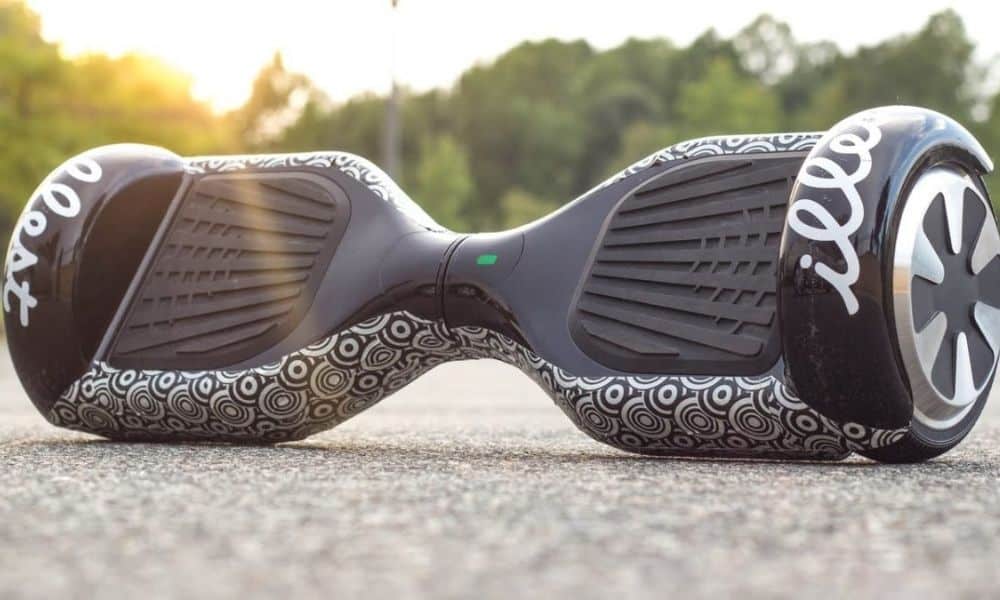














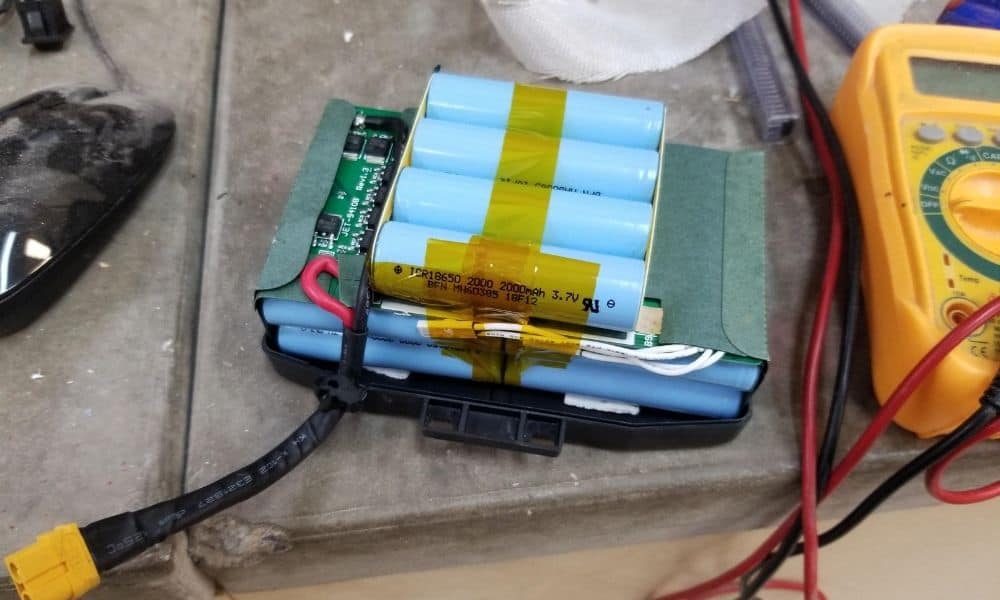
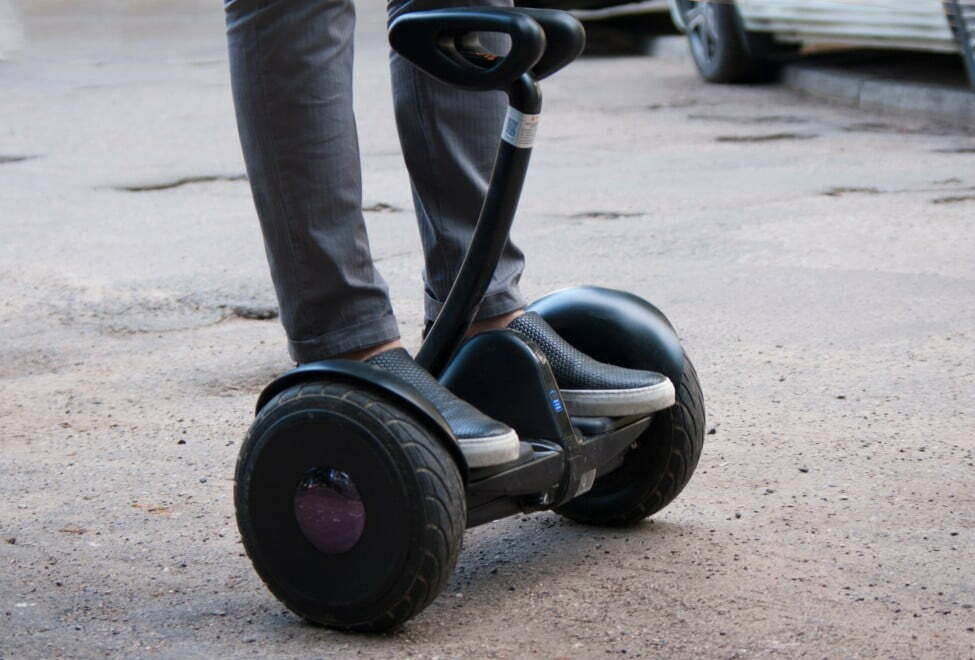

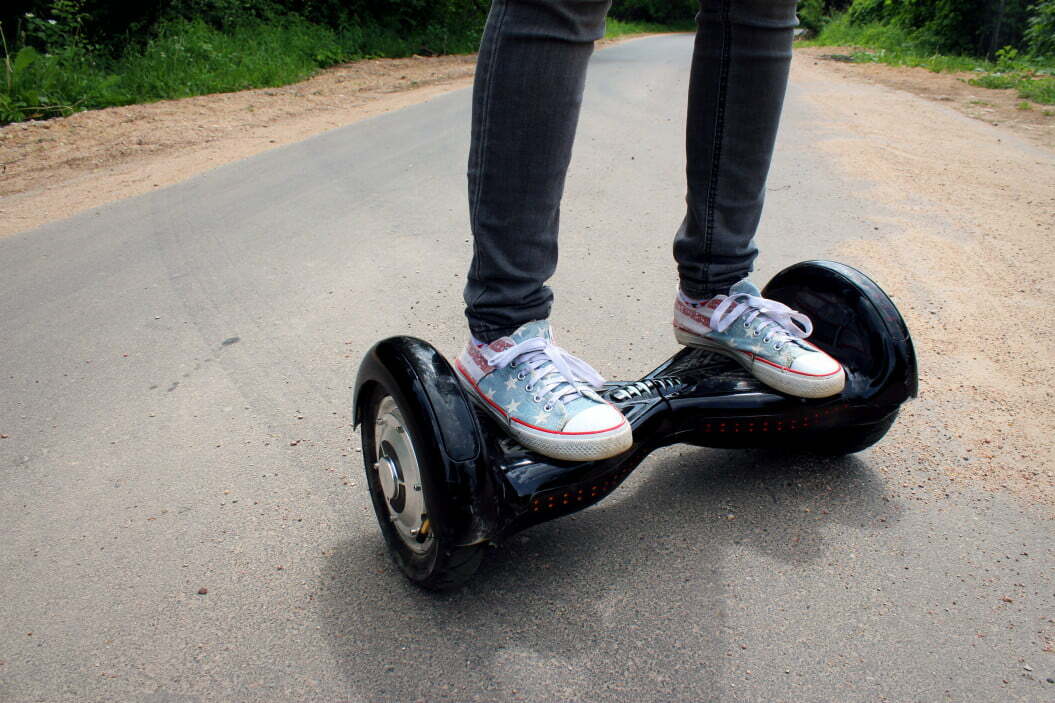
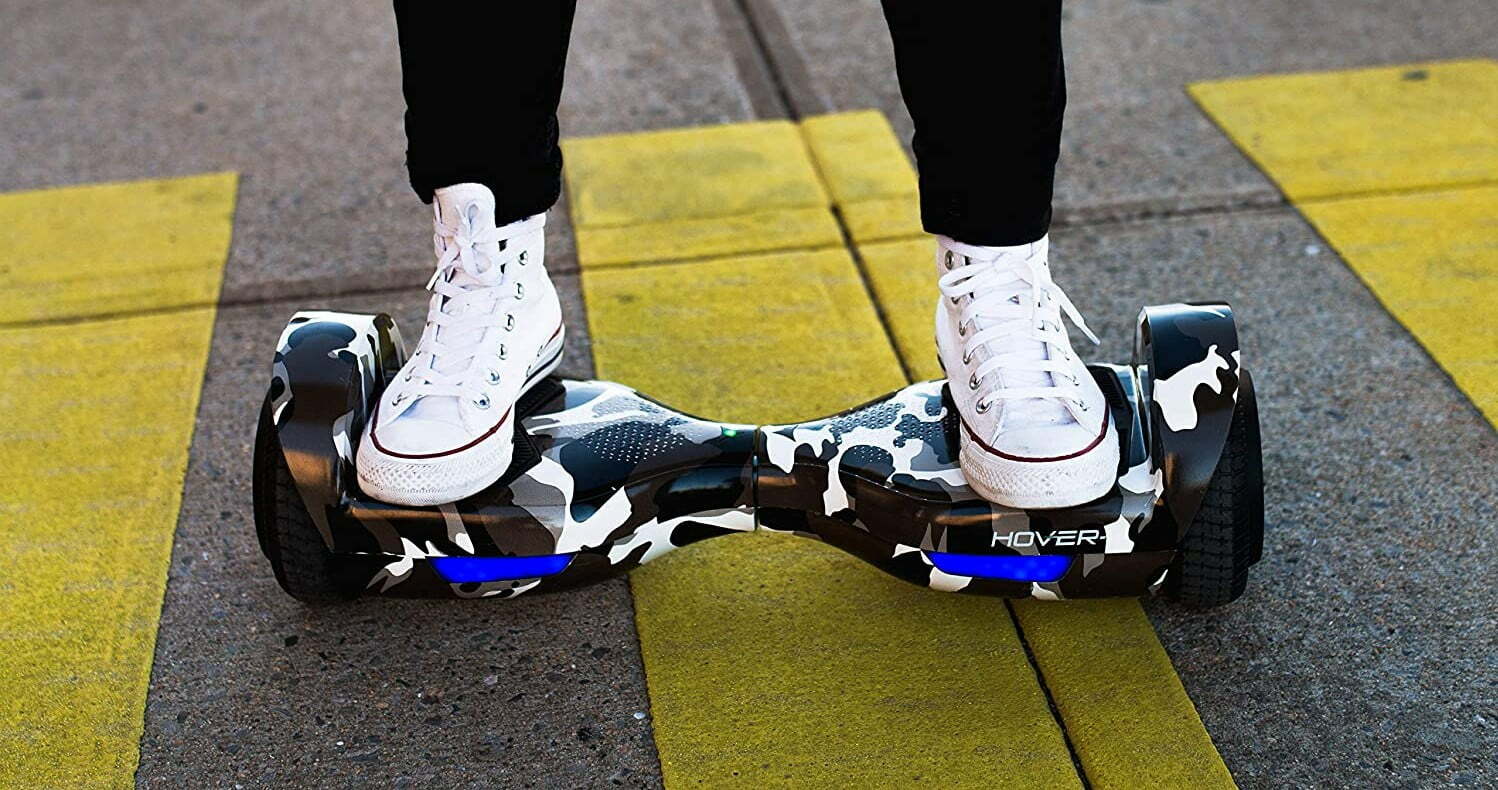
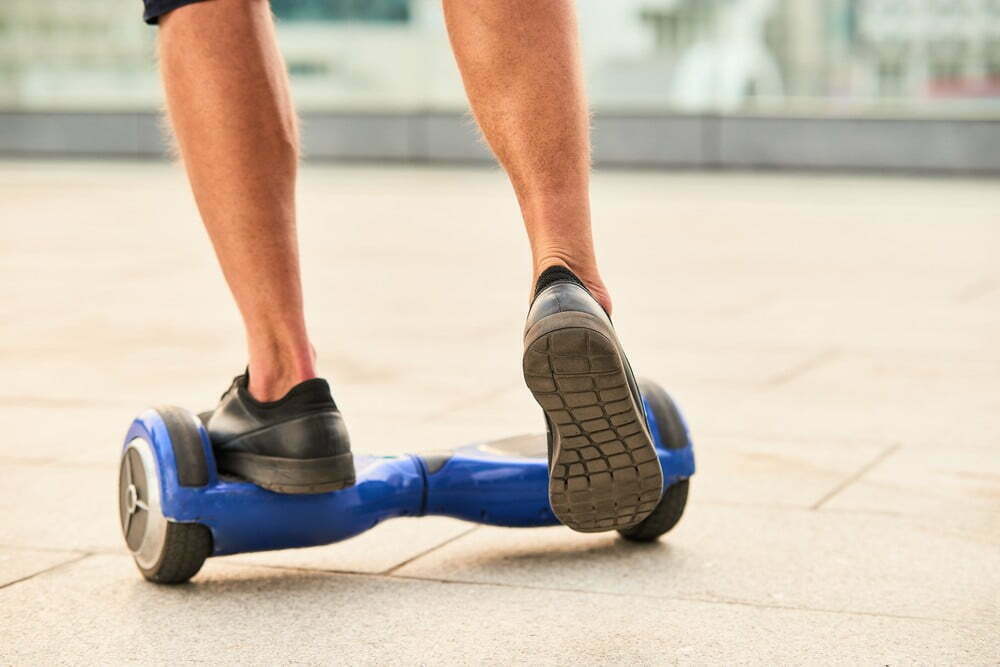


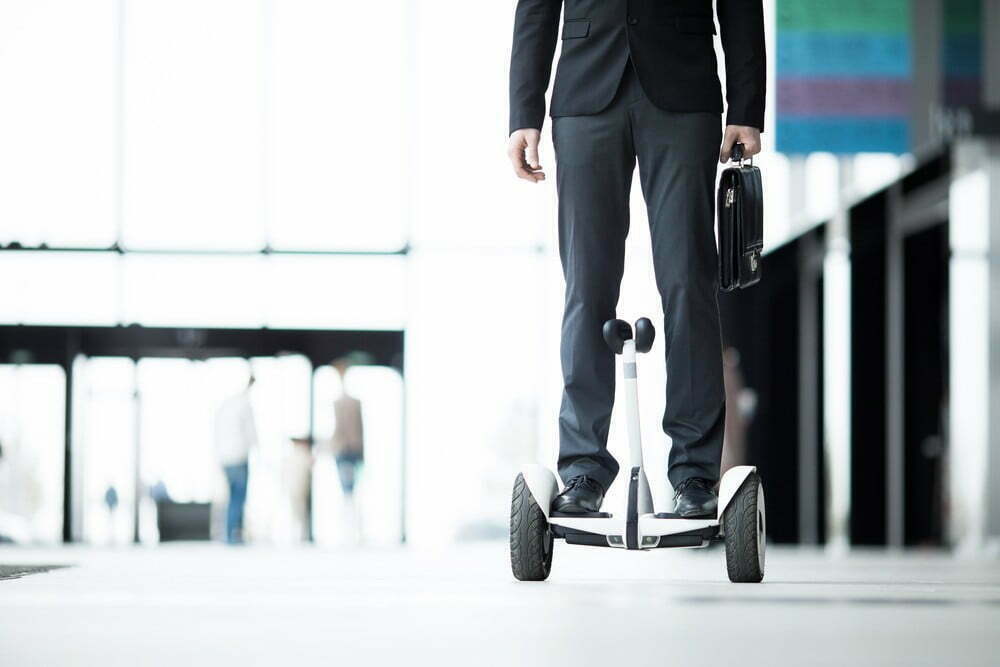


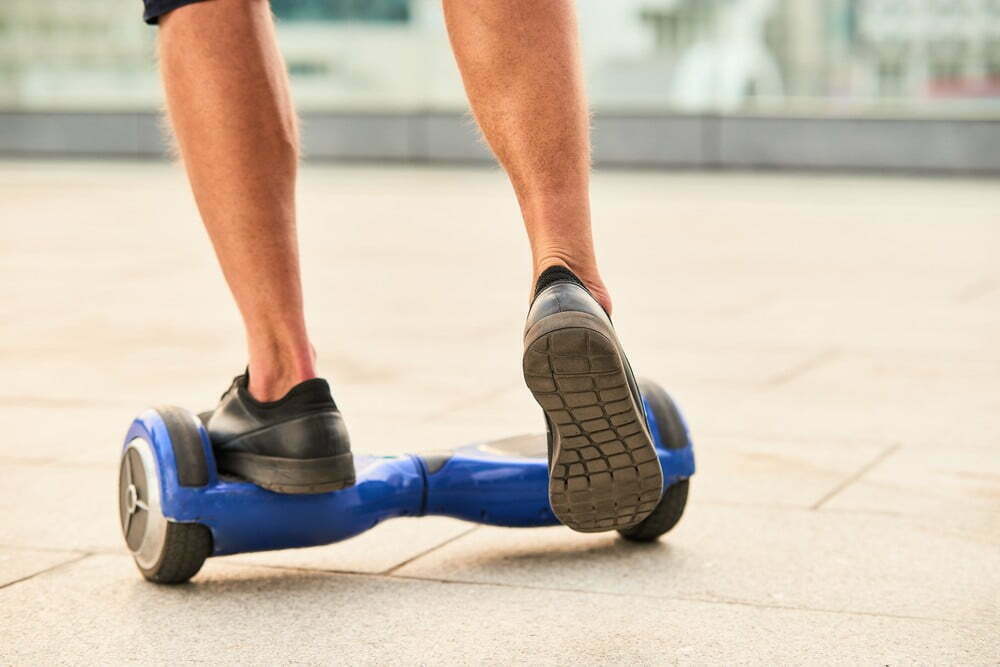

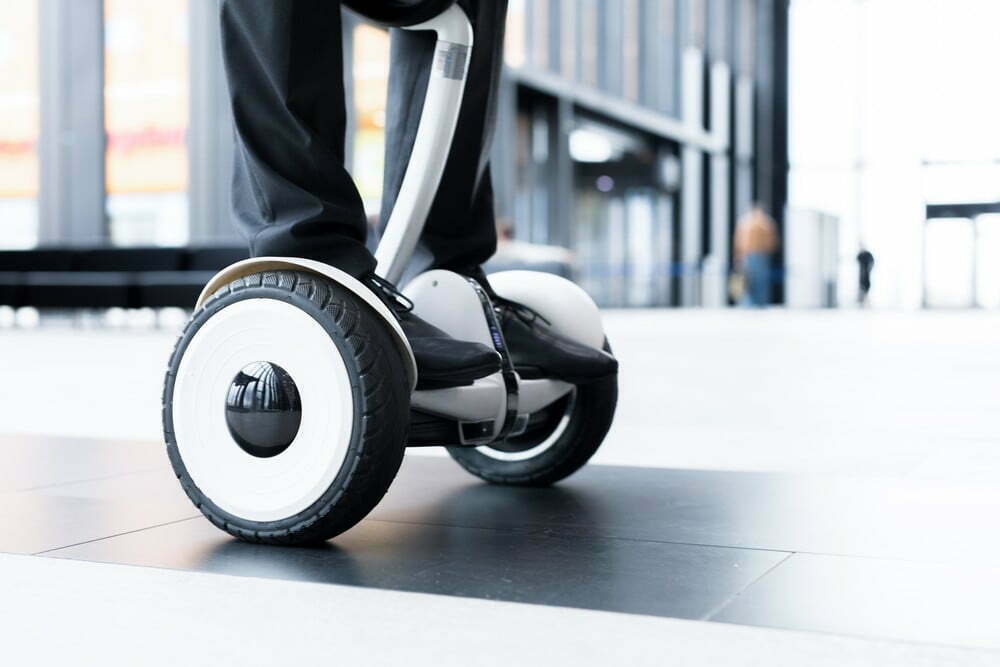
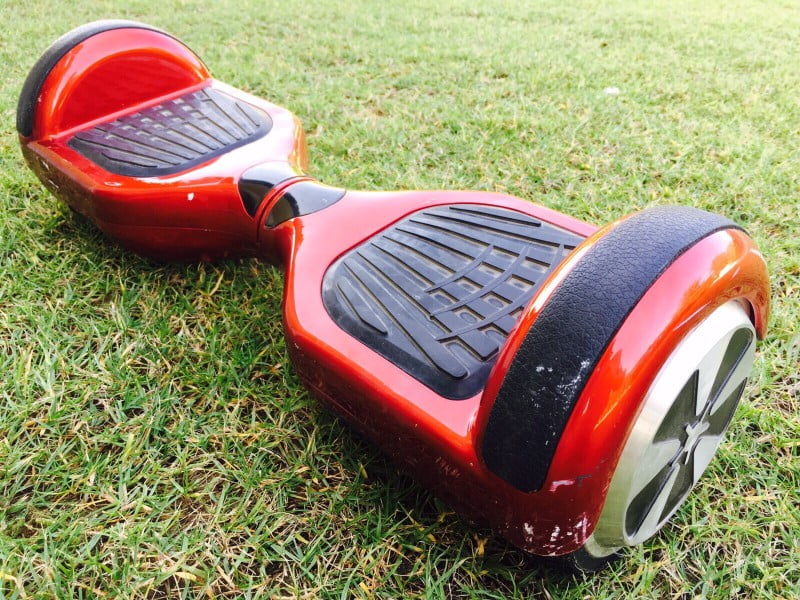

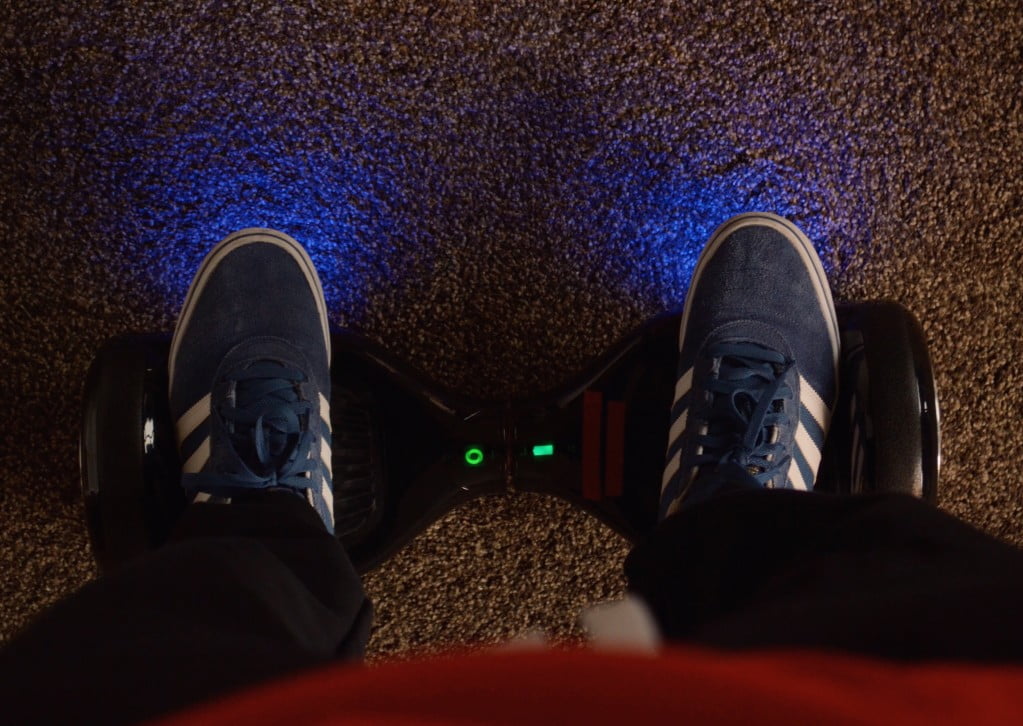



![Best 10 Inch Hoverboards in [year] 27 Best 10 Inch Hoverboards in 2025](https://www.gadgetreview.dev/wp-content/uploads/best-10-inch-hoverboard-image.jpg)
![Best Single Wheel Hoverboards in [year] 28 Best Single Wheel Hoverboards in 2025](https://www.gadgetreview.dev/wp-content/uploads/best-single-wheel-hoverboard-image.jpg)
![Best 8 Inch Hoverboards in [year] 29 Best 8 Inch Hoverboards in 2025](https://www.gadgetreview.dev/wp-content/uploads/best-8-inch-hoverboard-image.jpg)
![Best Hoverboards for Girls in [year] 30 Best Hoverboards for Girls in 2025](https://www.gadgetreview.dev/wp-content/uploads/best-hoverboards-for-girls-image.jpg)
![Best Hoverboards for Adults in [year] 31 Best Hoverboards for Adults in 2025](https://www.gadgetreview.dev/wp-content/uploads/best-hoverboard-for-adults-image.jpg)
![Best Hoverboard Accessories in [year] 32 Best Hoverboard Accessories in 2025](https://www.gadgetreview.dev/wp-content/uploads/best-hoverboard-accessories-image.jpg)
![Best 6.5 Inch Hoverboards in [year] 33 Best 6.5 Inch Hoverboards in 2025](https://www.gadgetreview.dev/wp-content/uploads/best-6.5-inch-hoverboard-image.jpg)
![Best Bluetooth Hoverboards in [year] 34 Best Bluetooth Hoverboards in 2025](https://www.gadgetreview.dev/wp-content/uploads/best-bluetooth-hoverboards-image.jpg)
![Best Knee Pads for Hoverboards in [year] 35 Best Knee Pads for Hoverboards in 2025](https://www.gadgetreview.dev/wp-content/uploads/best-knee-pads-for-hoverboard-image.jpg)
![Best Hoverboard for Beginners in [year] 36 Best Hoverboard for Beginners in 2025](https://www.gadgetreview.dev/wp-content/uploads/best-hoverboards-for-beginners-image.jpg)
![Best Helmets for Hoverboards in [year] 37 Best Helmets for Hoverboards in 2025](https://www.gadgetreview.dev/wp-content/uploads/best-helmet-for-hoverboard-image.jpg)
![Best Hoverboard Carrying Bags in [year] 38 Best Hoverboard Carrying Bags in 2025](https://www.gadgetreview.dev/wp-content/uploads/best-hoverboard-carrying-bag-image.jpg)
![Best Hoverboard Seats in [year] 39 Best Hoverboard Seats in 2025](https://www.gadgetreview.dev/wp-content/uploads/best-hoverboard-seat-image.jpg)
![Best Hoverboard in [year] ([month] Reviews) 40 Best Hoverboard in 2025 (April Reviews)](https://www.gadgetreview.dev/wp-content/uploads/best-hoverboard-image.jpg)
![Fastest Hoverboard in [year] ([month] Reviews) 41 Fastest Hoverboard in 2025 (April Reviews)](https://www.gadgetreview.dev/wp-content/uploads/fastest-hoverboard-epikgo.jpg)
![Best Hoverboard For Kids in [year] ([month] Reviews) 42 Best Hoverboard For Kids in 2025 (April Reviews)](https://www.gadgetreview.dev/wp-content/uploads/Best-Hoverboards-For-Kids.jpg)
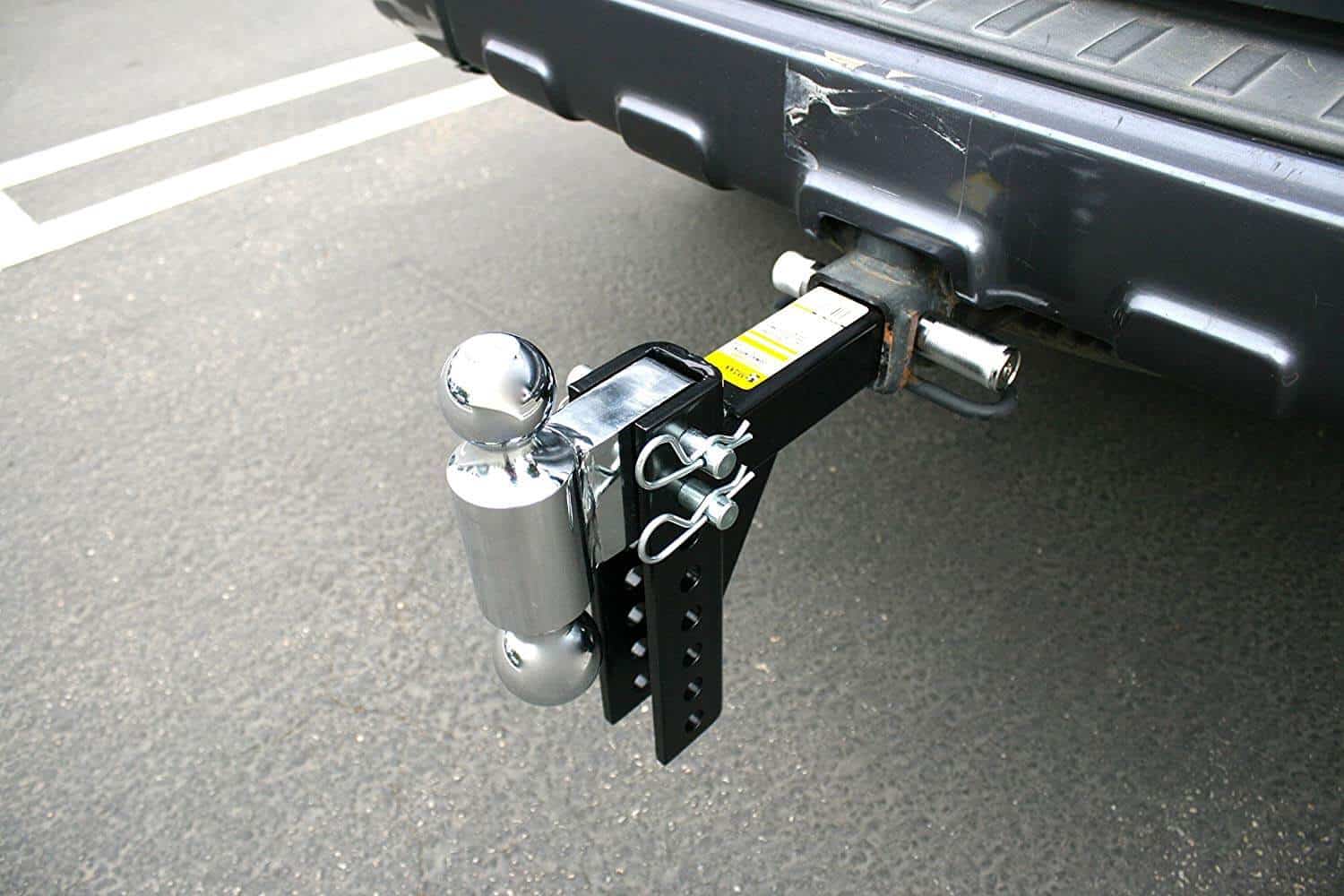
![Best RV Battery in [year] ( [month] Reviews) 44 Best RV Battery in 2025 ( April Reviews)](https://www.gadgetreview.dev/wp-content/uploads/best-rv-battery.jpg)
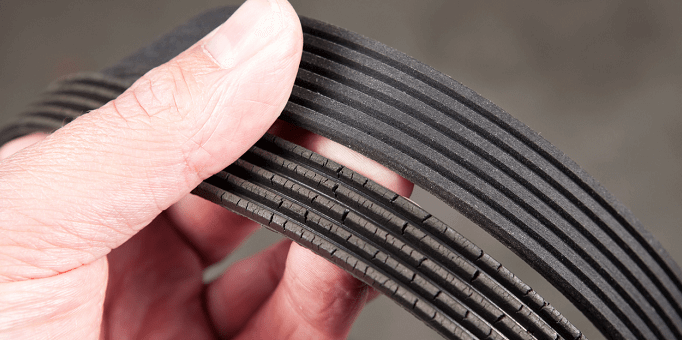

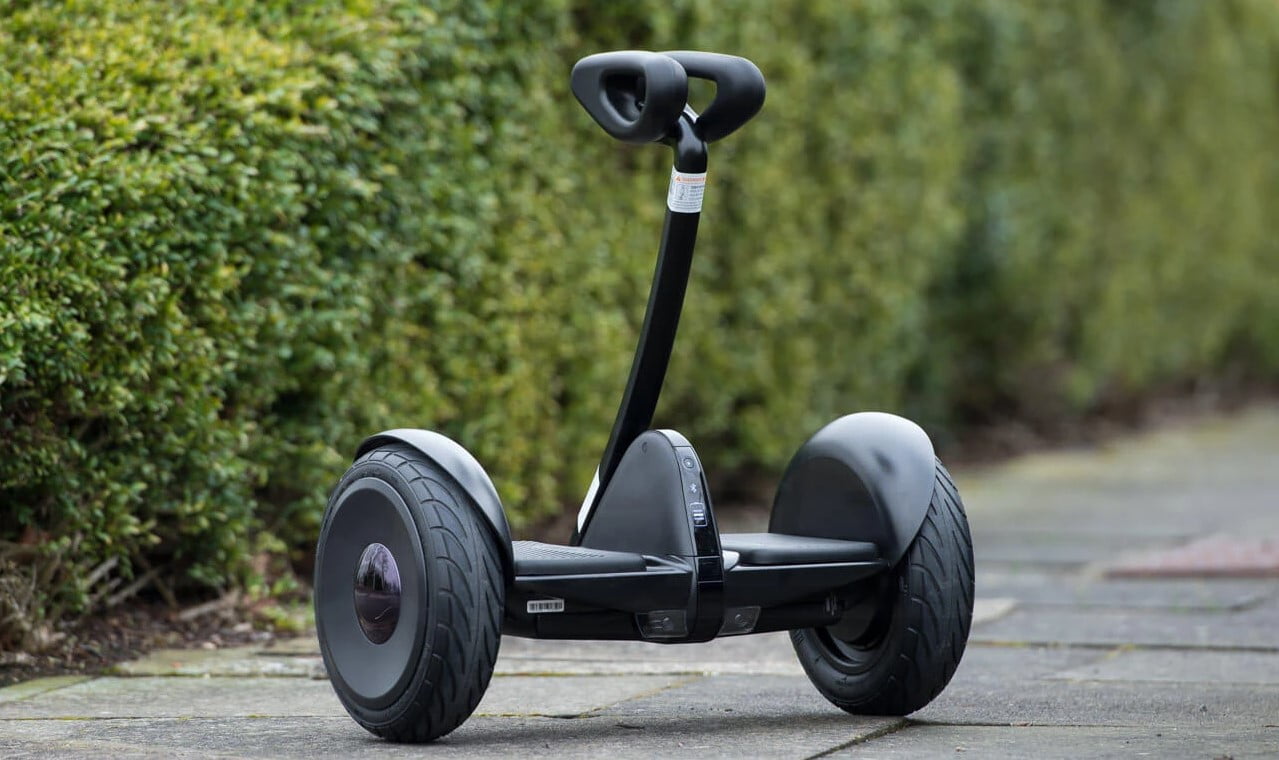
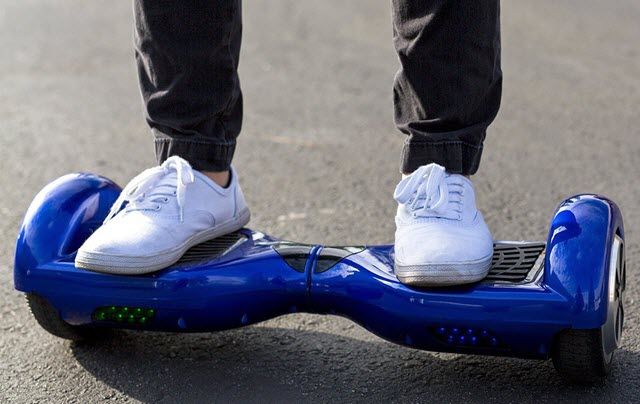

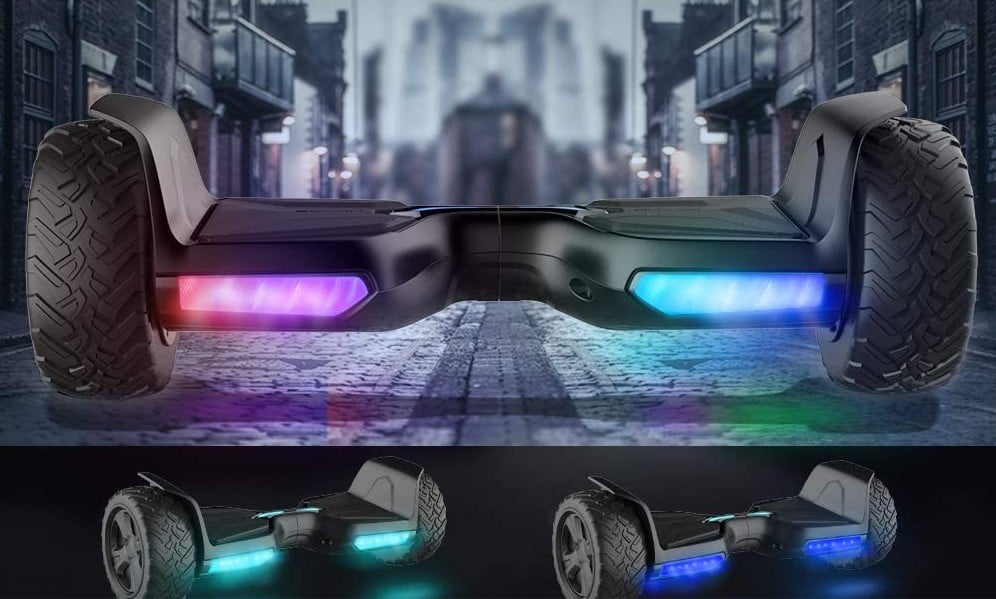
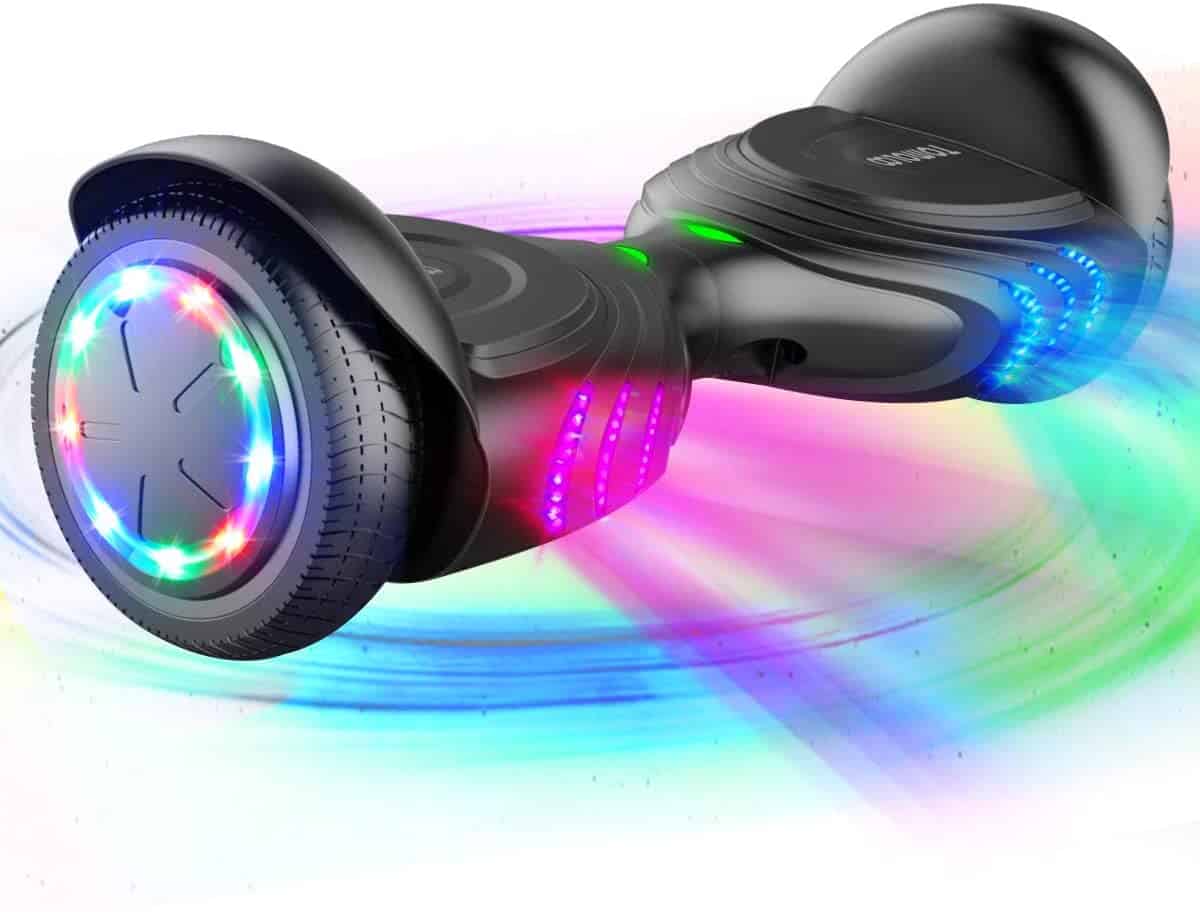
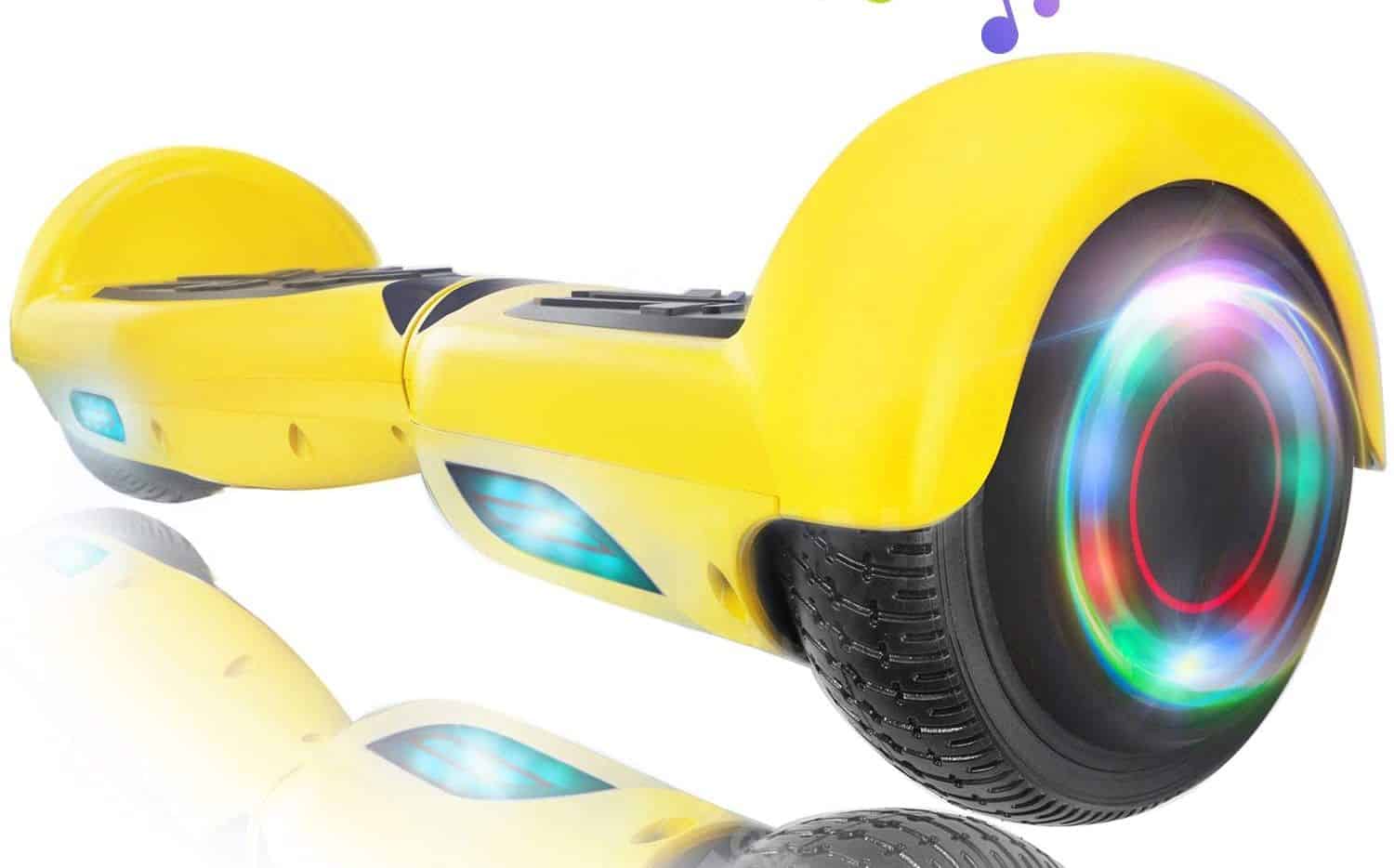
![Razor Hovertrax 2.0 Hoverboard Review in [year] 53 Razor Hovertrax 2.0 Hoverboard Review in 2025](https://www.gadgetreview.dev/wp-content/uploads/Razor-Hovertrax-2.0-Hoverboard-Review.jpg)
